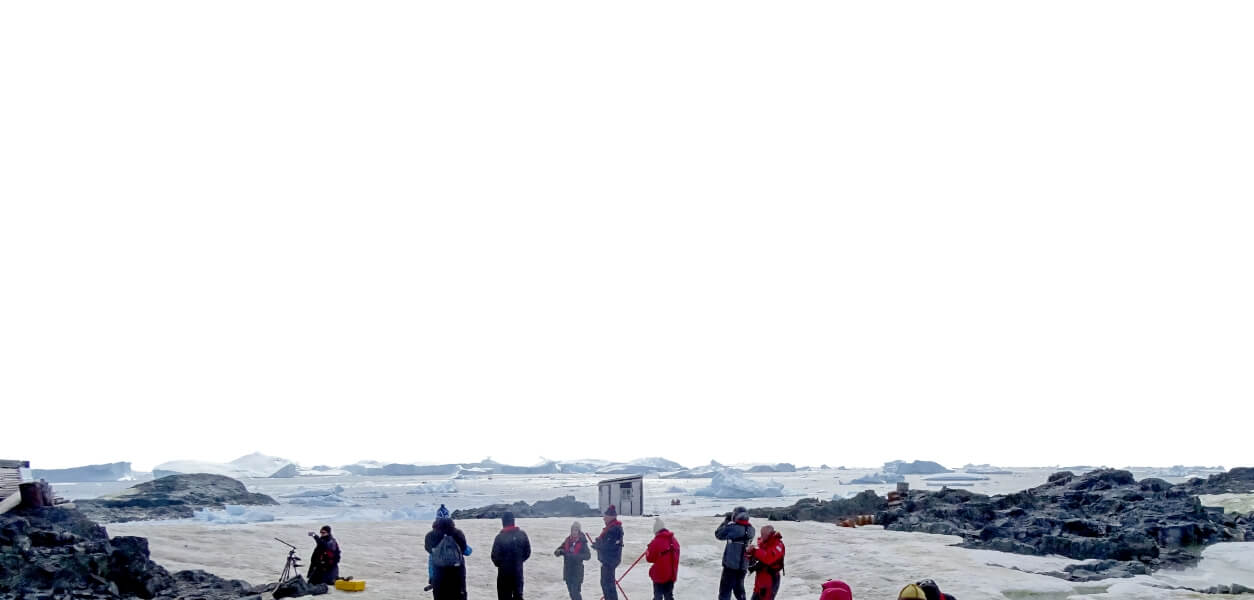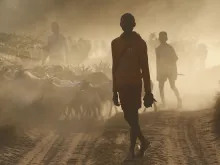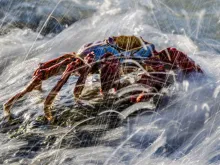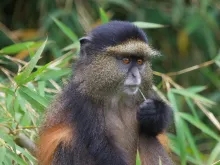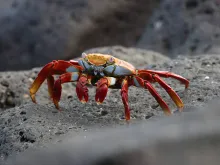Here are six quick facts about Antarctica to impress your friends!

- Antarctica is the coldest, driest and windiest place on earth; an ice sheet covers all but 2.4 percent of Antarctica’s 14 million square kilometers. The annual temperature has an average of minus 56 degrees Fahrenheit. The area below 60 degrees south enjoys one long day and one long night each year. The sun sets in March and rises in October. and the seasons there are the opposite of the seasons in the northern hemisphere: summer is October through February and winter is March through September.
- All warm-blooded animals living on and around Antarctica, such as whales, seals, sea birds and penguins, rely on thick layers of blubber to insulate them from the cold. The layer of blubber on a Weddell seal can be up to 4-inches thick.
- The krill, a tiny crustacean in the seas around Antarctica, is the main food source for Baleen whales, Crabeater seals, Fur seals and Adelie Penguins.
- Only one warm-blooded animal remains on the Antarctic continent during the bitter winter: the Emperor Penguin. Emperor Penguin females lay a single egg and leave it behind to undertake an extended hunting trip which can last up to two months. Male Emperors stay on land all winter, surviving the most extreme conditions and eating nothing. They stand and protect their egg by balancing it on their feet and covering it with a flap of abdominal skin. Females return with food just about the time the eggs hatch, and then males take to the sea in search for food for themselves.
- Plants grow in about 2.4 percent of Antarctica’s ice-free regions. Lichens and moss grow in any favorable niche, including in sand, soil, rock and on the weathered bones and feathers of dead animals.
- The Antarctic continent wasn't even actually seen until the early 1820s. The South Pole was first reached by a Norwegian named Roald Amundsen in 1911 followed by the Englishman Robert Scott.





